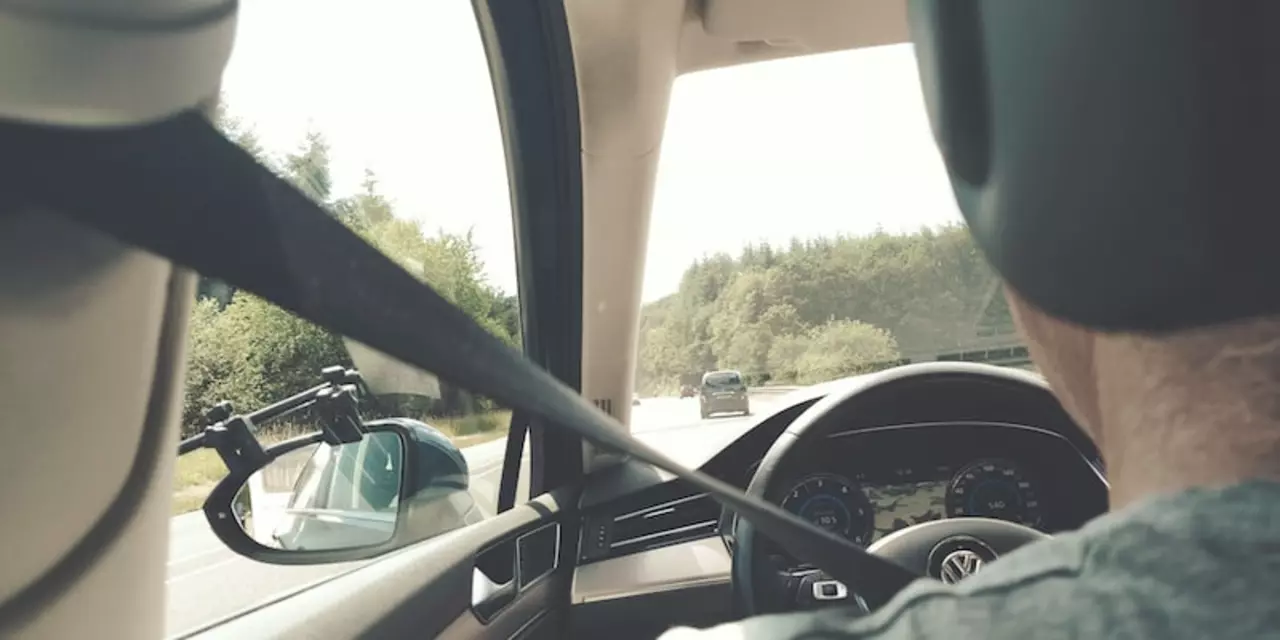Essential Safety Tips Every Racing Enthusiast Should Know
Whether you’re behind the wheel, working in the pit, or cheering from the stands, safety is the first rule of racing. A simple mistake can turn a thrilling lap into a costly injury, so we’re breaking down the basics you can apply right now.
On‑Track Safety for Drivers
Start with a proper fit. Your helmet, HANS device, and racing suit must be snug but not uncomfortable. A loose helmet shifts during a crash and reduces protection. Check the straps before each session and replace any gear that shows cracks or wear.
Next, focus on your seat position. Your arms should reach the steering wheel without stretching, and your hips need to stay against the bucket. Bad posture adds strain and can delay your reaction when you need to brake hard.
Finally, treat the car like a partner. Keep tire pressures within the recommended range, monitor brake temperature, and watch fluid levels. A well‑tuned car reacts predictably, which lets you concentrate on the track instead of fighting mechanical surprises.
Safety for Crew, Fans, and the Garage
In the pit lane, the biggest danger is moving equipment. Keep the area clear of loose tools, wear fire‑resistant gloves when handling hot parts, and never stand directly in front of a running car. A quick glance can prevent a costly mishap.
If you’re a fan attending a race, follow the venue’s signage. Stay behind barriers, keep a safe distance from the track edge, and avoid climbing over fences. Loud engines can mask warnings, so always be alert for flag signals and staff instructions.
At home, treat your garage like a mini‑track. Store fuels in approved containers, ensure proper ventilation, and keep fire extinguishers within reach. Regularly inspect your tools for damage – a cracked wrench can slip and cause injury.
Safety isn’t a one‑time checklist; it’s a habit you build each time you step into the racing world. By fitting your gear right, keeping your car in tune, and respecting the rules in the pit and the stands, you protect yourself and everyone around you. Stay safe, enjoy the speed, and keep coming back for more laps.
Why does a racing car use a seat belt other than a regular car?
0 Comments
A racing car uses a seat belt for safety reasons that are different from those of a regular car. Racing cars have to endure high speeds, accelerations, and decelerations, which can be dangerous for the driver if not properly secured. Racing seat belts are designed with these conditions in mind, providing extra support, greater adjustment capabilities, and better placement of the shoulder straps. As a result, racing seat belts are able to provide a higher level of protection for the driver than a regular car would.
Read More